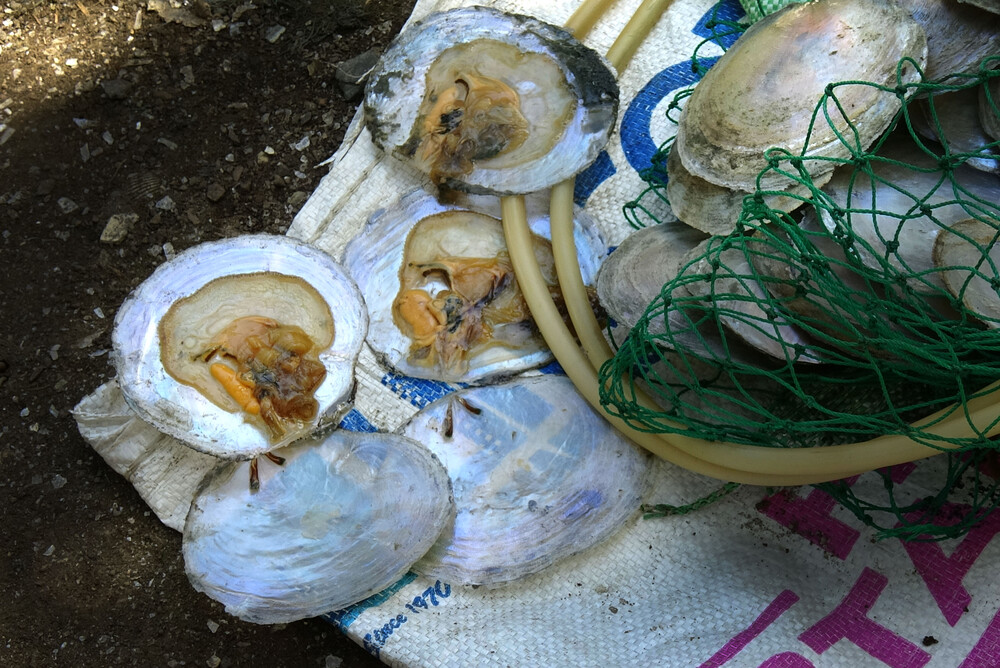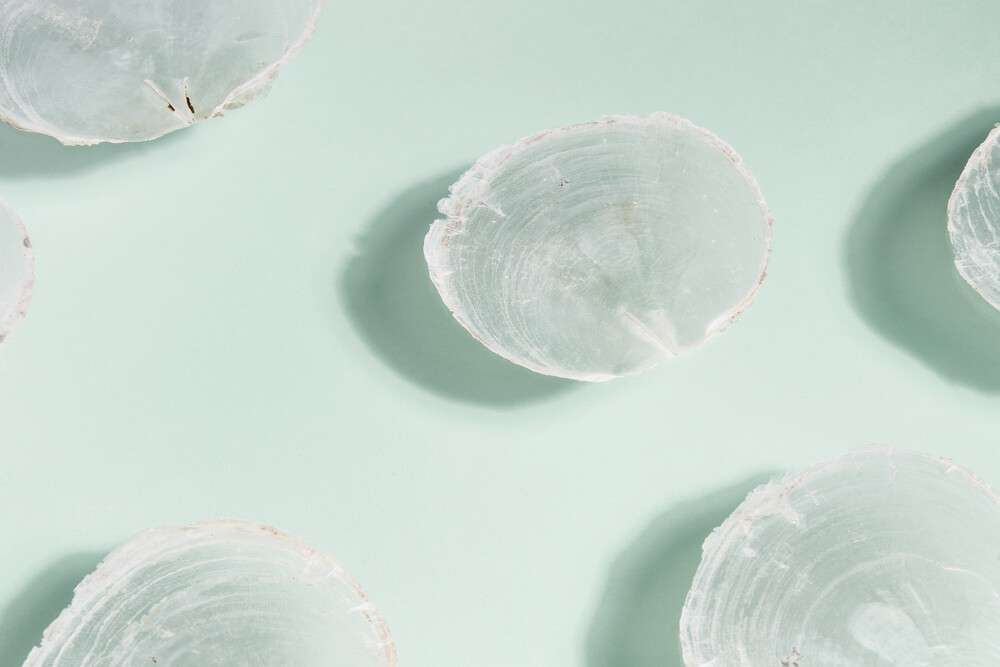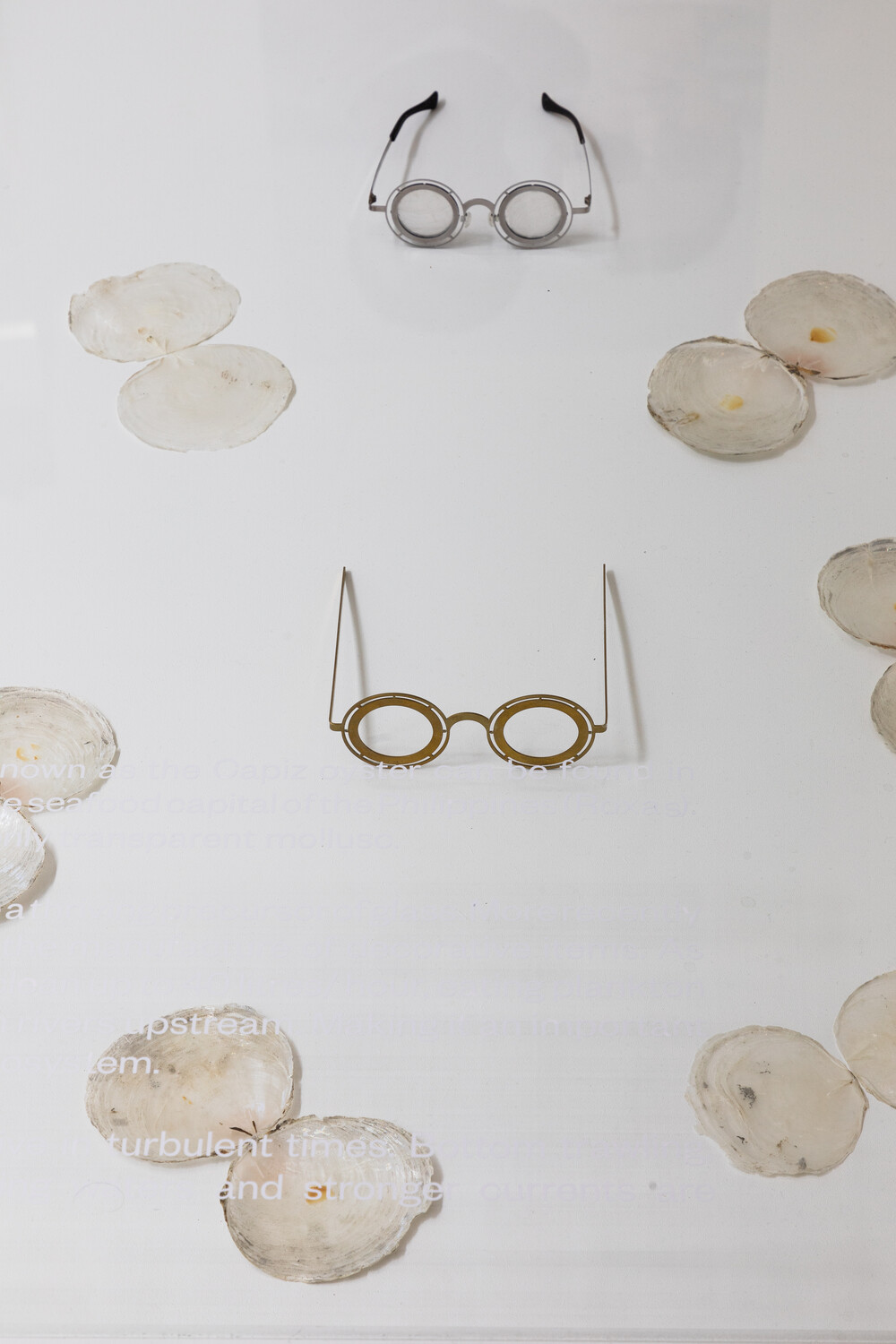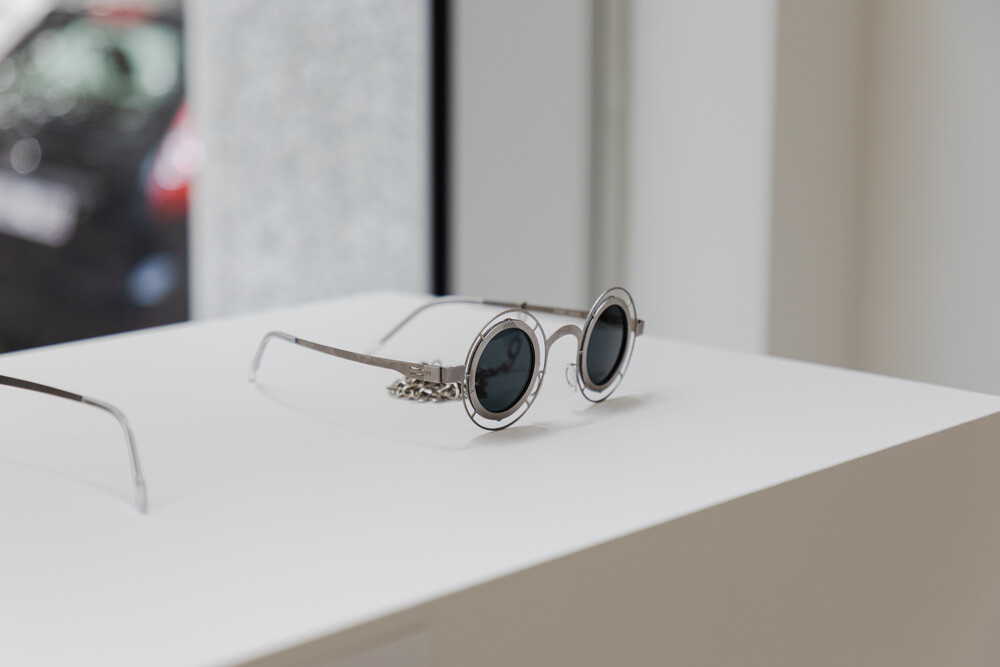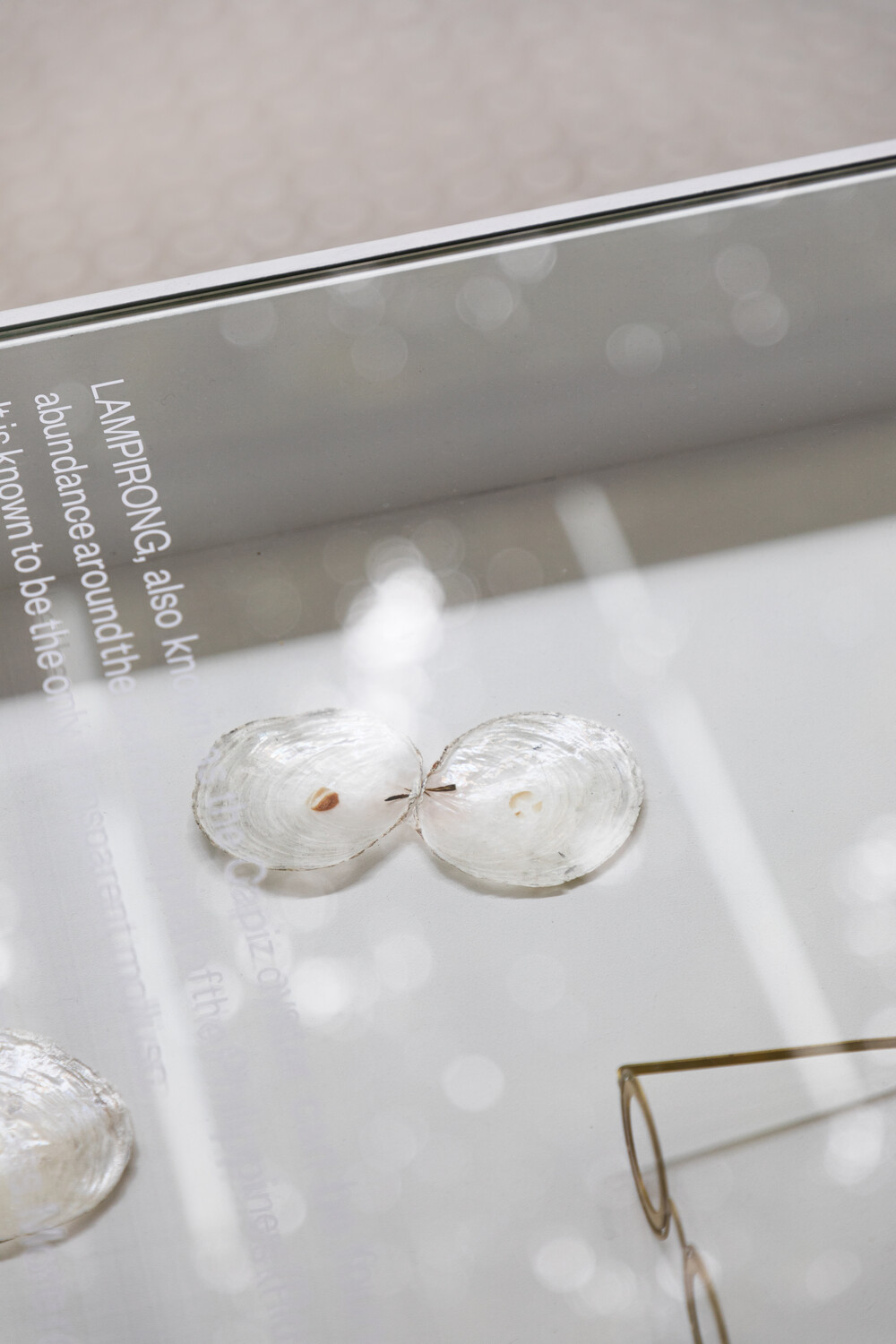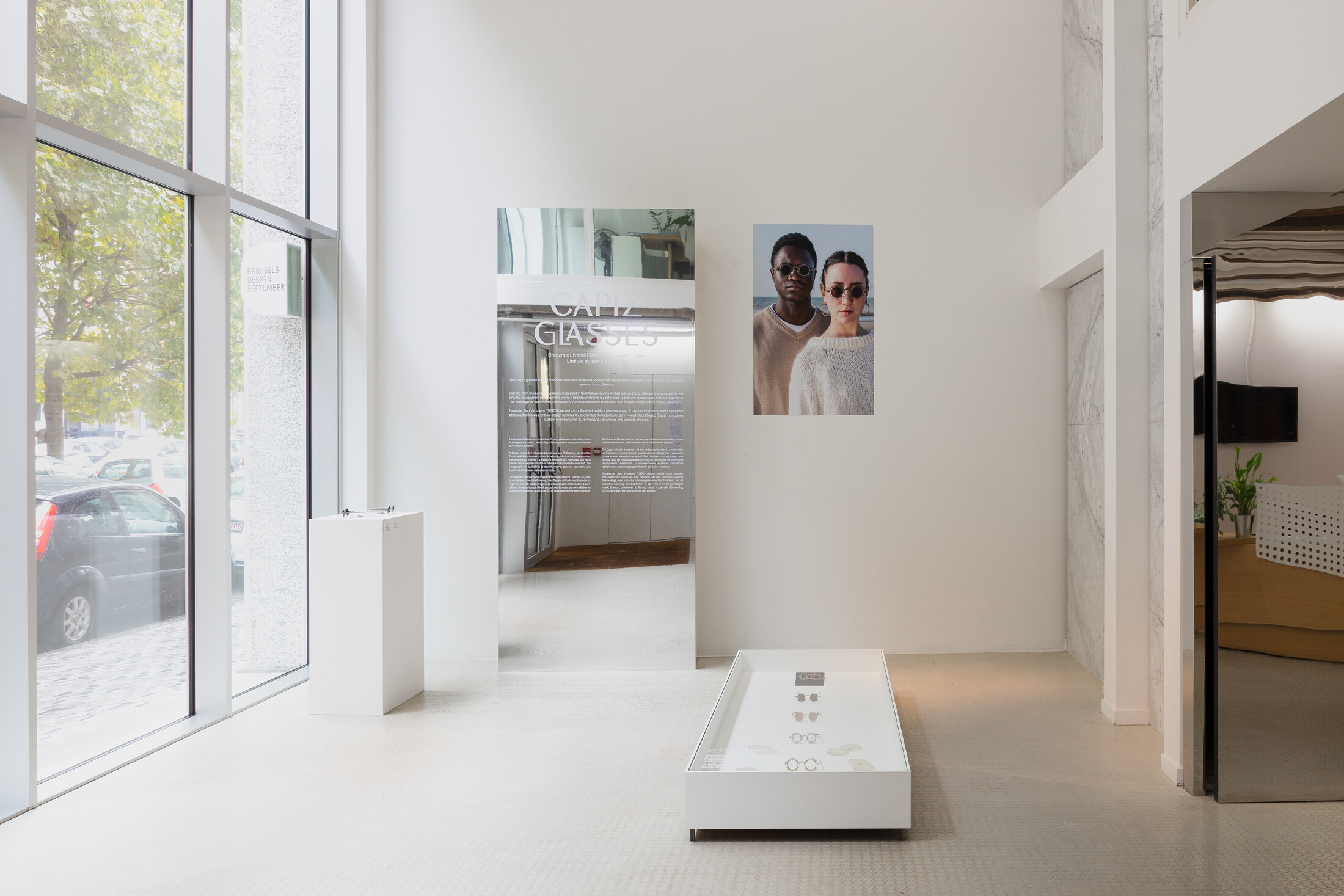
"Try to set up some kind of win-win situation with the people you work with."
Sep Verboom
Industrial designer Sep Verboom (°1990) founded the collective Livable a few years ago. A platform where stories of communities and interesting materials are bundled and where both desig ners and the industry are involved. The Capiz project that translates into an eyewear collection also fits this platform in terms of its character. Until November 5, you can discover the Capiz project in our MAD showcase.
MAD spoke with Sep about Livable, Capiz oyster, his collaboration with eyewear manufacturer Breezm.
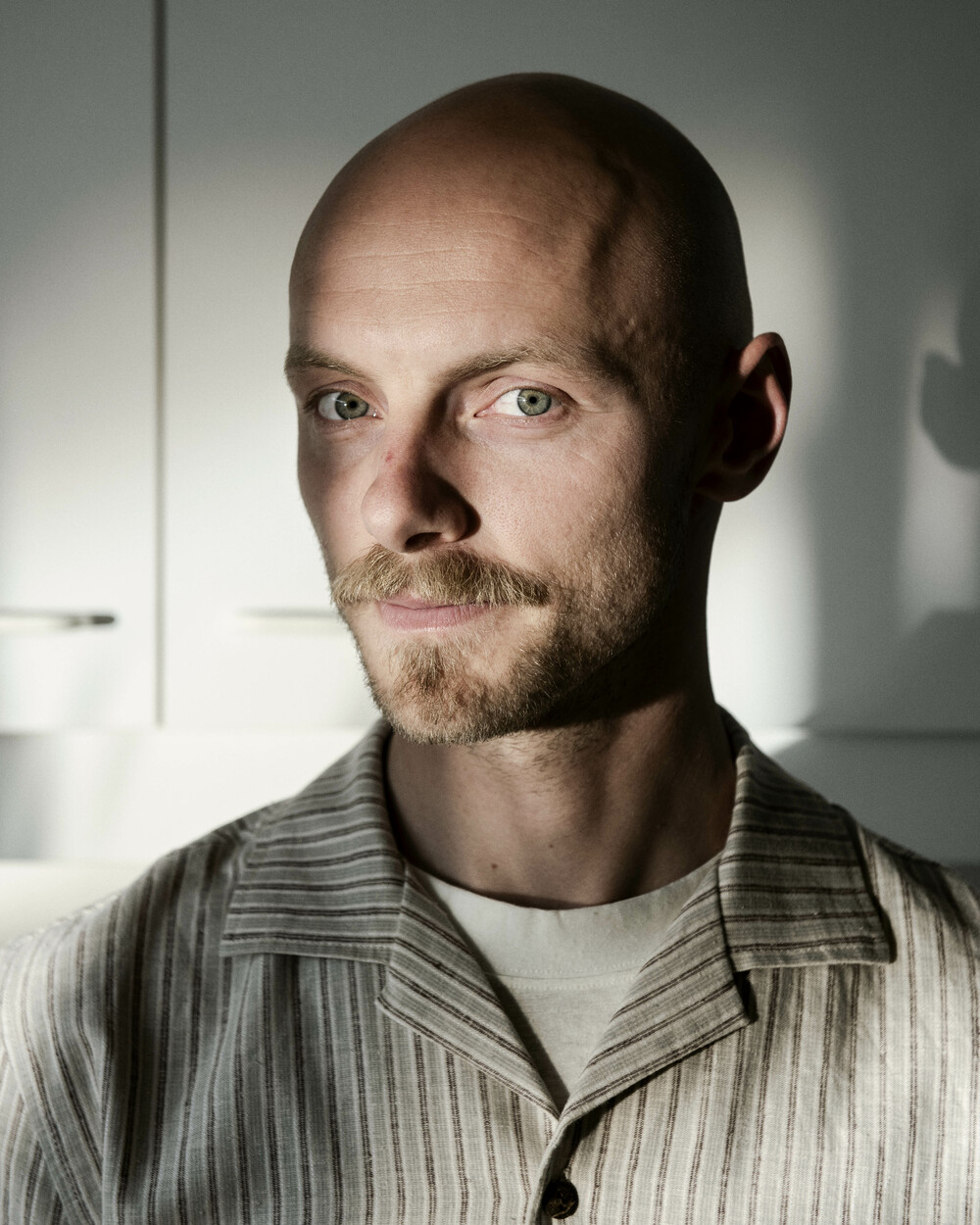
Can you briefly introduce yourself and your design practice?
"I am Sep Verboom. I am a designer and the founder of the Livable platform. With my projects I try to shift the focus within the broad design sector beyond aesthetics and finance to values such as social impact and environment. I try to rebalance those values through projects with different partners from different sectors."
You founded Livable, what does the platform entail?
"Livable was actually born out of a need I experienced myself as a young designer. Namely that there are very few initiatives, assignments or jobs that you can connect to as a young designer. The platform is meant to share and continuously improve the experiences that I and other designers gain. This creates a kind of network of people, makers and thinkers who take on social challenges together. The cross-sector aspect, connecting people from different sectors, is important in this."
"The platform is translated into projects. At the start of Livable, these were rather objects. But the platform has since grown into an advice and knowledge platform where we link companies, designers and organizations to each other. We invite different makers to be part of the platform. We share knowledge through workshops and lectures. In this way, the platform aims to be a bridge between the designer and the industry for collaborations to flourish. Many companies and organizations want to innovate to connect with the current context of today. There is also a lot of young talent. But those young designers often cannot make the right connection with those companies. The platform wants to give these designers a boost."
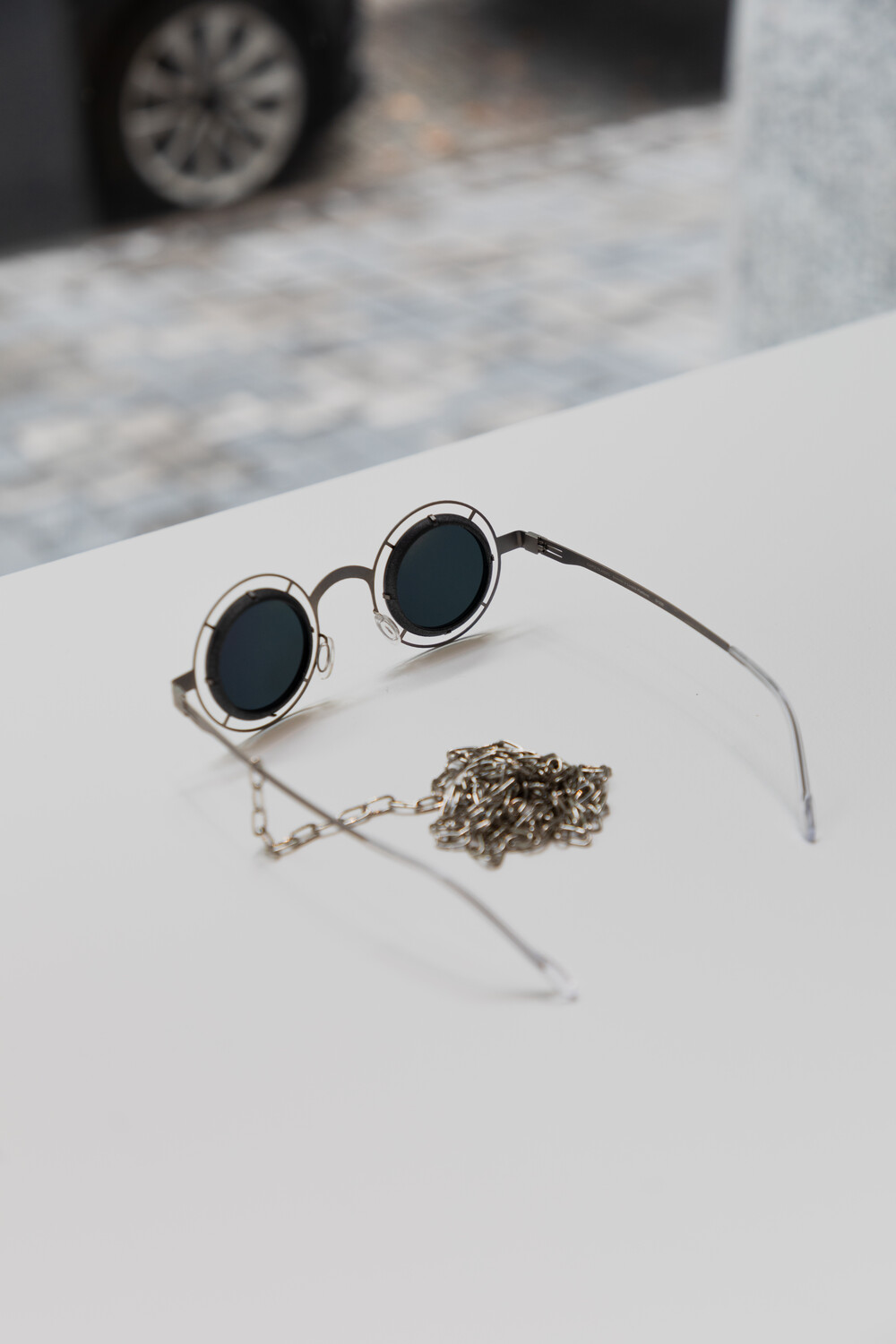
Does the Capiz project, which you are currently exhibiting at MAD Brussels, also fall within the Livable platform?
"The project originated from a research project on the ecosystem of the capiz oyster. We wanted to identify the impact of the material on the environment and humans by re-evaluating the material and linking it to other sectors. That's actually how the conceptual idea of designing glasses was born. First, the eyewear collection was literally meant as a "campaign image" to promote a new view on the capiz oyster. With the goal of encouraging designers, companies and entrepreneurs to look into the material and its possibilities. It is through the collaboration with the company Breezm that the glasses actually became a functional object. During that collaboration, the idea of producing a unique and limited collection was born."
How did the collaboration with Breezm come about?
"That was during corona. I contacted many Belgian companies for the project, thinking that would be the most efficient. But in the end it was a South Korean company called Breezm who responded most enthusiastically. They really specialize in custom eyewear and work at a high level within that particular sector. After an initial meeting with them, we immediately started the first prototypes."
"It is of course a pity that no Belgian company was enthusiastic for this collaboration, but it gave the project a kind of symbolic layer for me. Namely, that as a designer you have to cooperate with the people who see the potential in a project. Certain barriers should not hold you back in that."
What did the collaboration bring to the project?
"I had the idea as a designer to develop glasses. But glasses turned out to be much more complex and I'm not an eyewear expert or an optician either. So I learned a lot about that particular design practice during that collaboration."
"The design for the glasses came about partly together. We explored together the techniques that are possible, and that obviously influenced the design itself. Working with Breezm allowed us to experiment with the lens and the oyster. In the end, we worked with a laser-cut titanium frame and looked for a way to bend it. In addition, the user can change the lens himself when it needs replacement thanks to a 3D printed part. It's a journey that we went through together and where a lot of expertise came together. I think it's important as a designer to be open to such collaborations."

What else do you hope the Capiz project will instill?
"The initial plan of the eyewear collection was to educate people about the ecosystem of the capriz oyster. I also see it as a kind of call to other designers who might see a totally different interpretation. It would be great for other makers to work with the info we provide so that the research on the capiz oyster continues. That's also what I want to achieve with the Livable platform."
Do you have any tips for young designers?
"Don't let certain barriers get to you. And also see your own value and expertise. Think about what you have to offer and what the other party can contribute and try to set up some kind of win-win situation with the people you work with. It is never one party that decides everything, but always an interaction. If you can frame that in some way, by setting equal values between the parties, I believe there is a better chance of a balanced collaboration."
